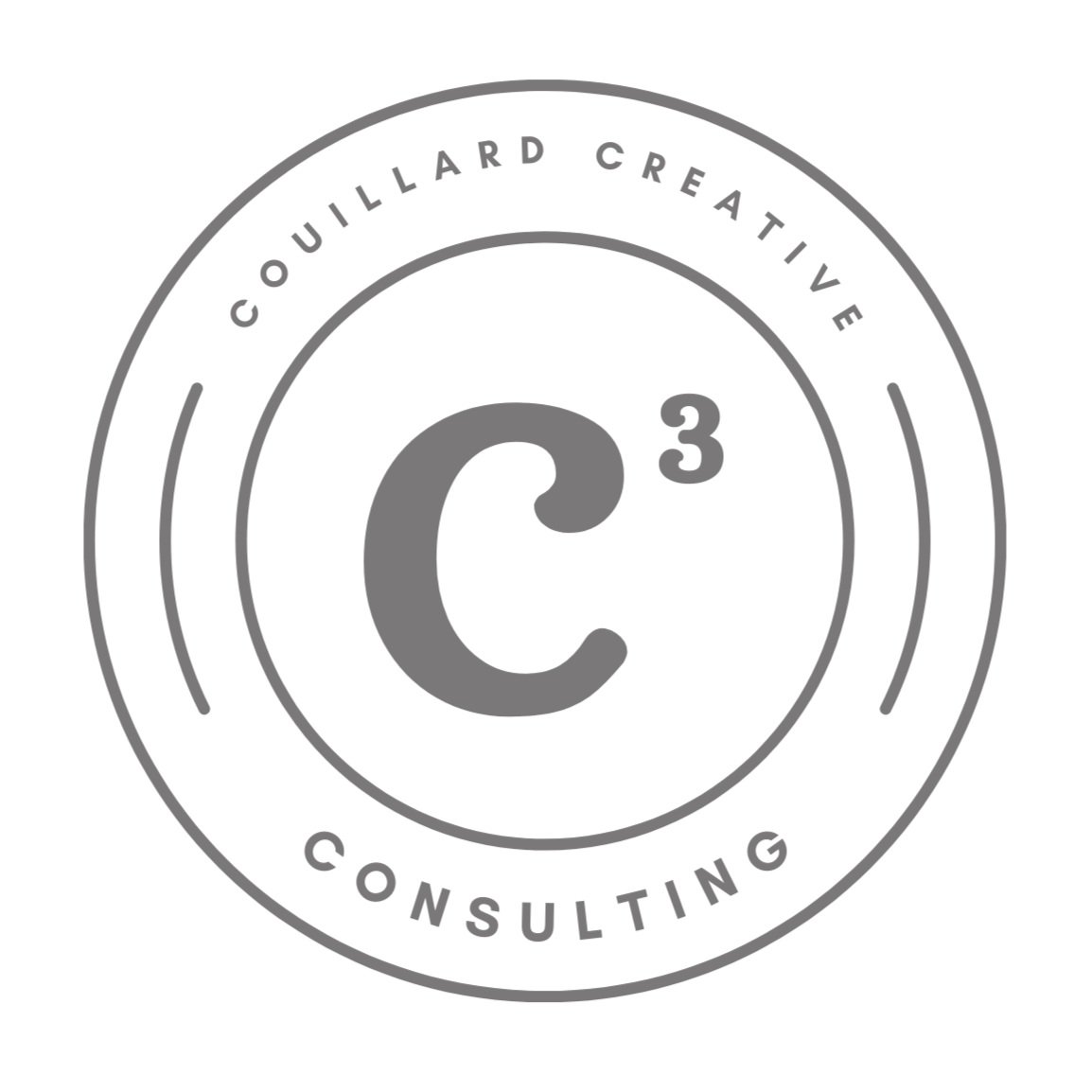Learn With Me: How Brands Use the Psych of Color to Brainwash You (Or Something Like That)
You know that little pang of hunger you get when you see a big red logo? Or how certain color combinations just scream "luxury" or "eco-friendly"? That's the power of color psychology in marketing, folx.
Brands obsess over the perfect color palette for a pretty good reason. The hues they choose stir up thoughts, emotions, and associations in our brains, both consciously and subconsciously. With the right color magic, they can make us happy, hungry, calm, energized - maybe even a little hypnotized into buying.
So what do all those colors really mean? Here's a quick rundown on the most popular shades in the branding world and the psychological ways they work on us clever consumers:
Red
Bold, vibrant red is one of the most attention-grabbing hues around. It literally raises blood pressure and creates a sense of urgency, passion, and even hunger (hey there, fast food chains). Tons of brands use red to drive impulse purchases or communicate energy/excitement.
Blue
We associate blue with feelings of peace, security, and trustworthiness. Think serene ocean tones. That's why you'll see so many corporate brands like Facebook and IBM relying on blue to convey reliability and stability.
Green
Earth tones like green are the kings of representing health, renewal, and eco-friendliness. Brands like Whole Foods and Animal Planet know exactly how to tap into our cravings for sustainability and "natural" products.
Purple
A regal, luxurious color with ties to wealth and royalty. Upscale brands from Cadbury to Hallmark go ga-ga over purple and its sense of sophistication and indulgence.
Black
Minimalist and chic, black exudes an air of modern elegance. But it can also connote a sense of darkness or villainy. That edge is likely why bad-boy brands like Monster and Arma go goth with their marketing.
Yellow
This sunny, cheery hue is one of the most visible colors. So upbeat brands like McDonald's and IKEA use yellow tones to grab attention and promote feelings of optimism and warmth.
Of course, colors don't work in a vacuum. Their meanings shift based on how they're paired and which other design elements surround them. And tons of cultural factors and personal associations also shape how people perceive different colors.
But next time you're drawn in by a dope color scheme, just know there are some sneaky brand geniuses pulling the strings behind the scenes! The psychology of color in marketing is a powerful mind-control tool…or something like that.

